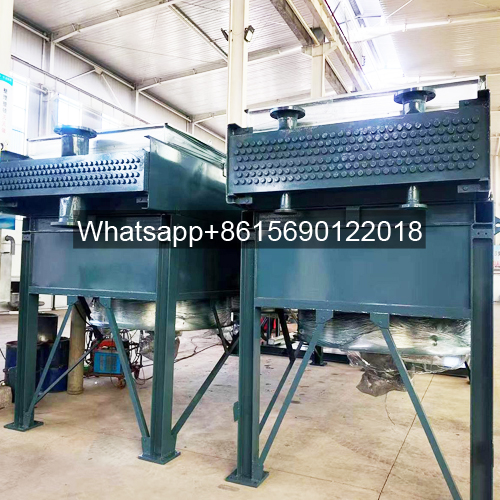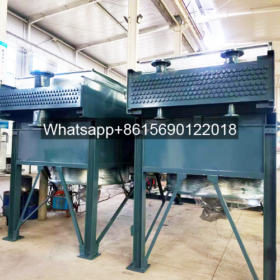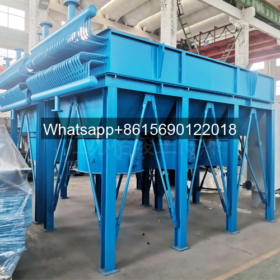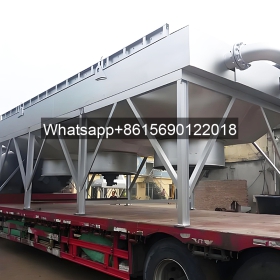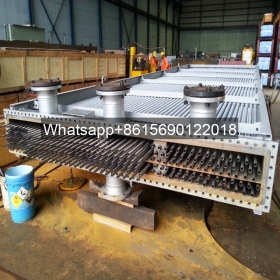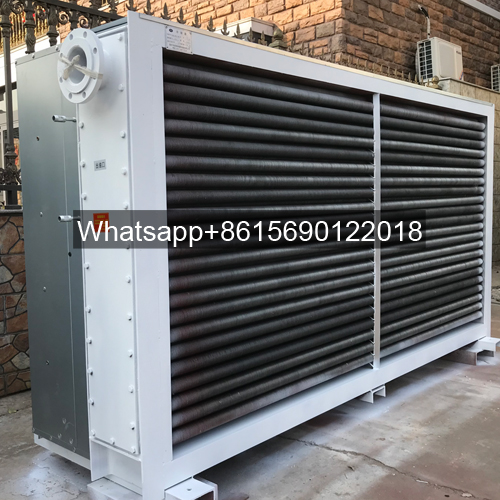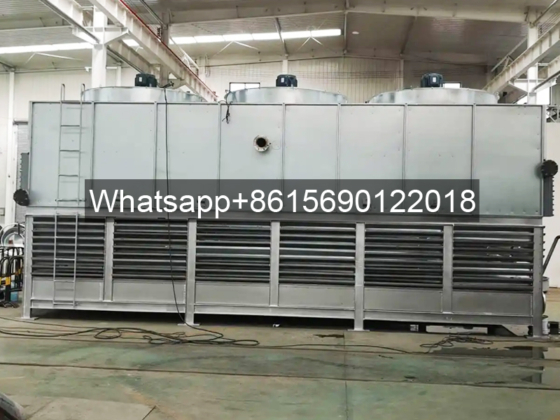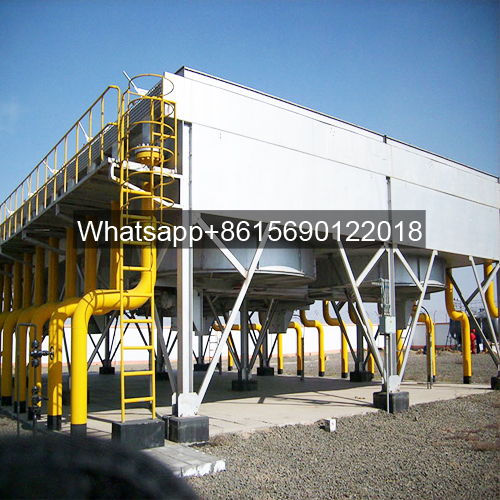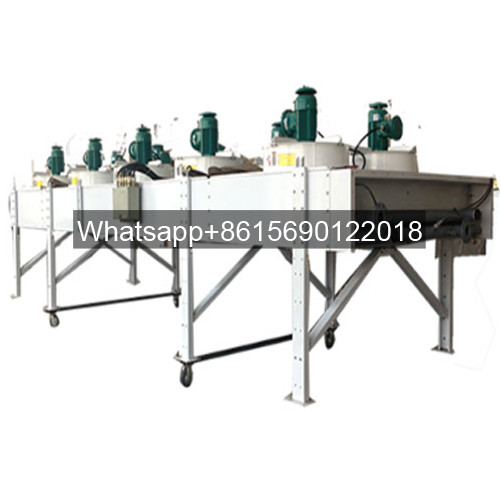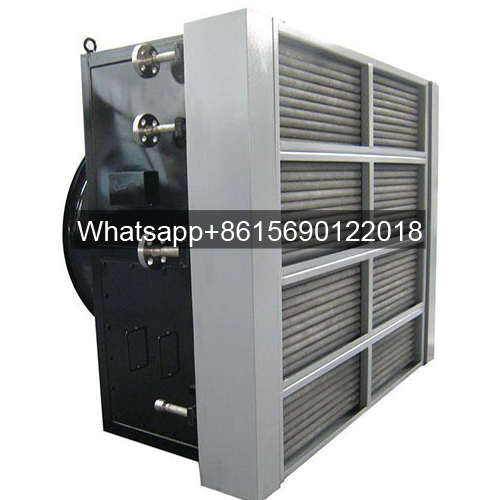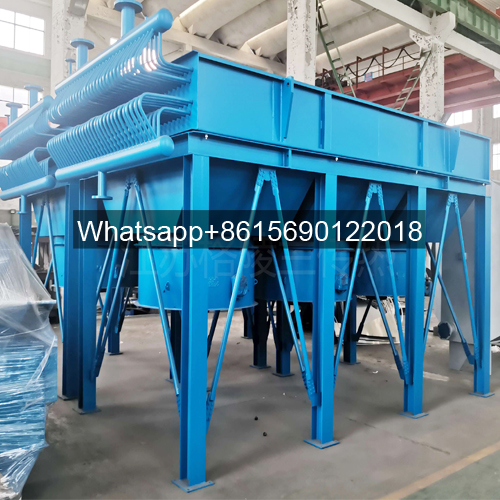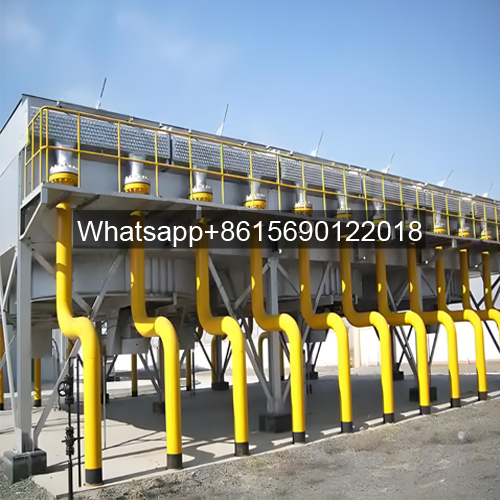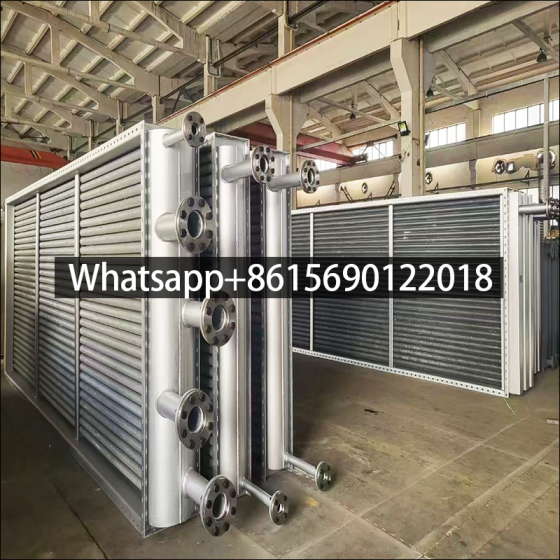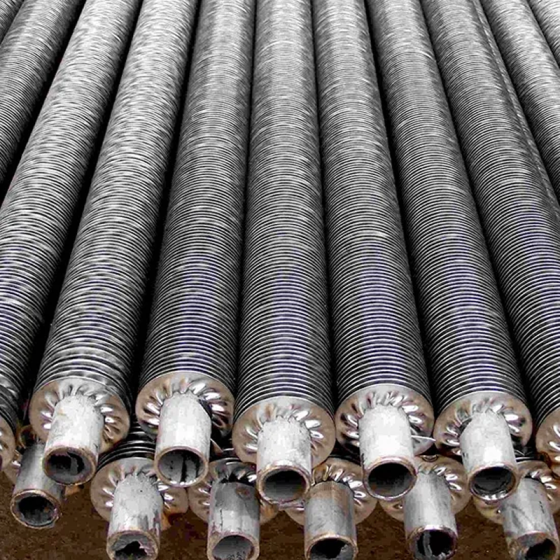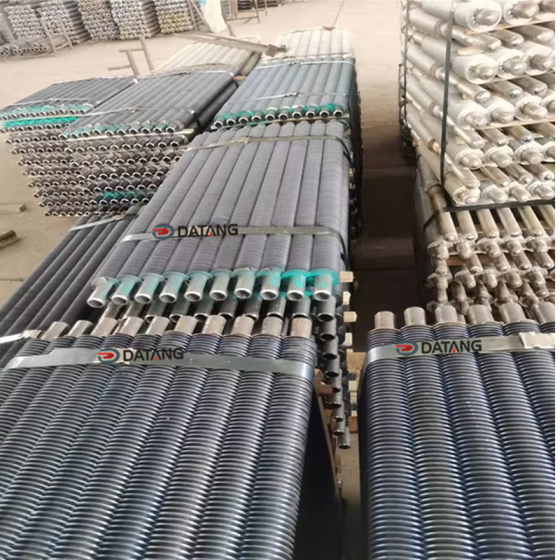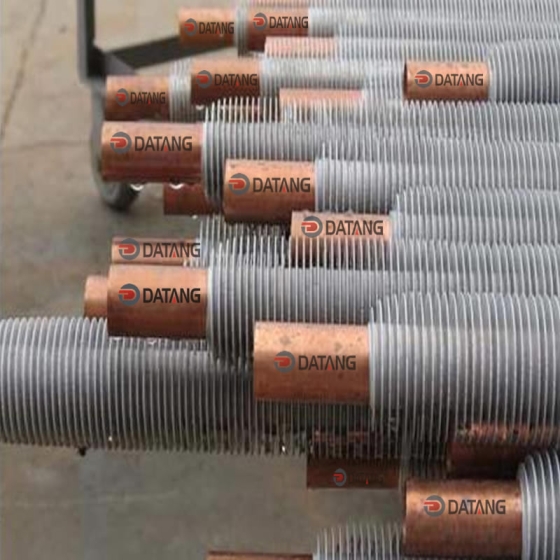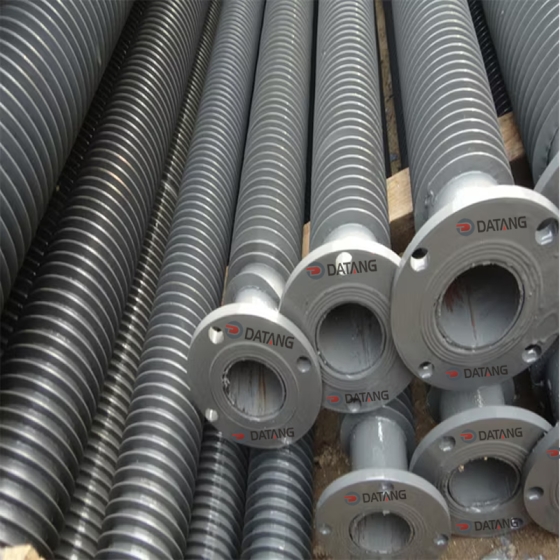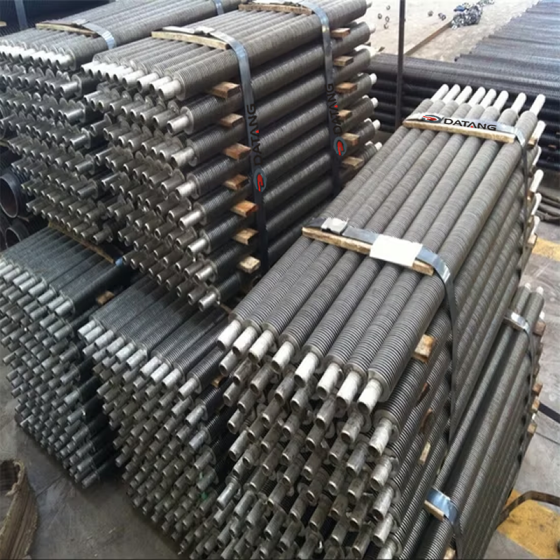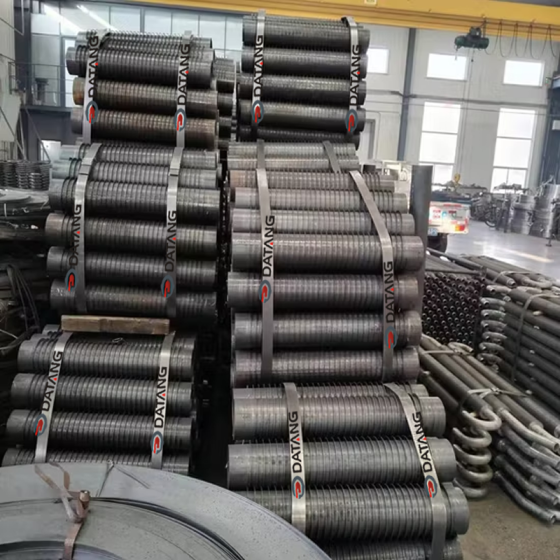Petrochemical fin fan coolers are common heat exchange equipment in the petrochemical industry. Their primary function is to cool process fluids with air, replacing traditional water cooling methods to reduce temperatures. Air coolers are widely used in petrochemical plants, such as distillation tower overhead condensation and reaction product cooling. They offer advantages such as water conservation, reduced environmental pollution, and low operating costs.
Basic Structure of a Fin Fan Cooler
A fin fan cooler typically consists of a tube bundle, fan, frame, and louvers. The tube bundle is the core component, with the high-temperature process fluid flowing inside. Externally, forced ventilation or natural convection from the fan forces air across the tube bundle, removing heat. The fan provides the airflow, while the louvers regulate the air volume to control the cooling effect.
Operating Principle of a Fin Fan Cooler
The fin fan cooler operates based on convective heat transfer, using air as the cooling medium to reduce the fluid temperature through sensible heat exchange. Compared to water coolers, air coolers don’t rely on water resources, avoiding scaling and corrosion issues. They are suitable for areas with water shortages or high environmental protection requirements.
Types of Fin Fan Coolers
Based on the ventilation method, air coolers can be divided into forced draft and induced draft types. Forced draft fans are located below the tube bundle, with air flowing from bottom to top. This compact design is beneficial, but the fan is susceptible to hot air. In induced draft fans are located above the tube bundle, with air flowing from top to bottom. This results in higher heat exchange efficiency, but the equipment is larger. Based on the tube bundle layout, air coolers can be further divided into horizontal and tilted roof types. Horizontal types are suitable for general cooling, while tilted roof types are primarily used for condensation processes.
Fin Fan Cooler Features
Fin fan coolers offer significant water savings, reducing water treatment costs; they are highly environmentally adaptable and can be used in arid areas; they are relatively easy to maintain and have a long lifespan. However, they are significantly affected by ambient temperature, may experience reduced efficiency in summer, and require a higher initial investment.
Fin Fan Cooler Applications in the Petrochemical Industry
The petrochemical industry is highly concentrated, and fin fan coolers are widely used in refining, chemical production, and other facilities. For example, in the distillation process, air coolers condense oil and gas; in reactors, they cool high-temperature products. Air coolers must withstand high temperatures and high humidity in the summer, so the impact of humidity on heat transfer must be considered during design.
Air cooler materials should be corrosion-resistant, such as aluminized steel or stainless steel, to extend equipment life. Application cases have shown that air coolers effectively reduce water consumption at the Fujian Petrochemical Plant, complying with local environmental protection policies. However, regular cleaning of the tube bundle is required to prevent dust and salt accumulation that affects efficiency.
Fin Fan Cooler Materials
Air cooler material selection must consider fluid properties and environmental factors. Tube bundles are commonly made of carbon steel, stainless steel, or alloy steel to accommodate high temperatures or corrosive media; fins are typically made of aluminum to enhance heat transfer; and the frame is often made of carbon steel with corrosion protection.
Air Cooler Manufacturing
The manufacturing process includes tube bundle processing, fin installation, welding, and overall assembly. Quality control focuses on ensuring the tube bundle’s tightness and pressure resistance to prevent leaks. Manufacturers focus on process optimization to improve air cooler reliability and efficiency, but the proportion of materials in manufacturing costs is increasing, necessitating a balance between performance and cost-effectiveness.
Air Cooler Operation
During operation, air coolers must monitor inlet and outlet temperatures, air volume, and pressure drop to ensure heat exchange efficiency. Common problems include tube bundle fouling, fan failure, or fin blockage. Regular fin cleaning is necessary, especially in Fujian’s windy and dusty environment. Maintenance measures include monthly inspections of fan bearings and blades; quarterly cleaning of the tube bundle exterior; and annual pressure testing.
Air Cooler Maintenance
Maintenance costs are relatively low, but neglecting cleaning can result in efficiency drops of more than 20%. An automatic control system is recommended to adjust fan speed according to load to save energy. In petrochemical plants, maintenance teams typically develop detailed plans to avoid unplanned downtime.
Air Cooler Economic Efficiency and Environmental Impact
The economic efficiency of an air cooler is reflected in its long-term operation. The initial investment is relatively high, approximately 20-30% higher than water-cooled chillers, but the water savings can reduce water bills and wastewater treatment costs. In Fujian Province, annual water savings can reach tens of thousands of RMB. Fans account for the majority of energy consumption, but frequency conversion technology can reduce this. The environmental impact is minimal, with no wastewater discharge, reducing reliance on water resources and aligning with sustainable development. However, air coolers are noisy during operation, requiring noise reduction measures. Overall, air coolers offer a good return on investment in Fujian petrochemical projects and are particularly suitable for areas with water scarcity.
Air Cooler Development Trends
In the future, air cooler technology will evolve towards high efficiency and energy conservation. For example, optimized fin design will enhance heat transfer; new materials will be used to improve corrosion resistance; and integrated intelligent control systems will enable adaptive regulation.
Air coolers will prioritize integration with process equipment to improve overall energy efficiency. Modular designs can shorten installation time and reduce on-site workload. Industry standards are also being updated to emphasize energy efficiency and environmental performance. These trends will drive the wider application of air coolers, but they require continuous improvement to adapt to high-temperature and high-humidity environments.
As key equipment in the petrochemical industry, air coolers offer significant advantages in water conservation, environmental protection, and cost-effectiveness. Their structure, type, and application must be optimized according to local conditions, and operation and maintenance are key to ensuring efficiency. With technological advancements, air coolers will continue to support the sustainable development of the petrochemical industry.
 dtfinnedtube.com
dtfinnedtube.com

